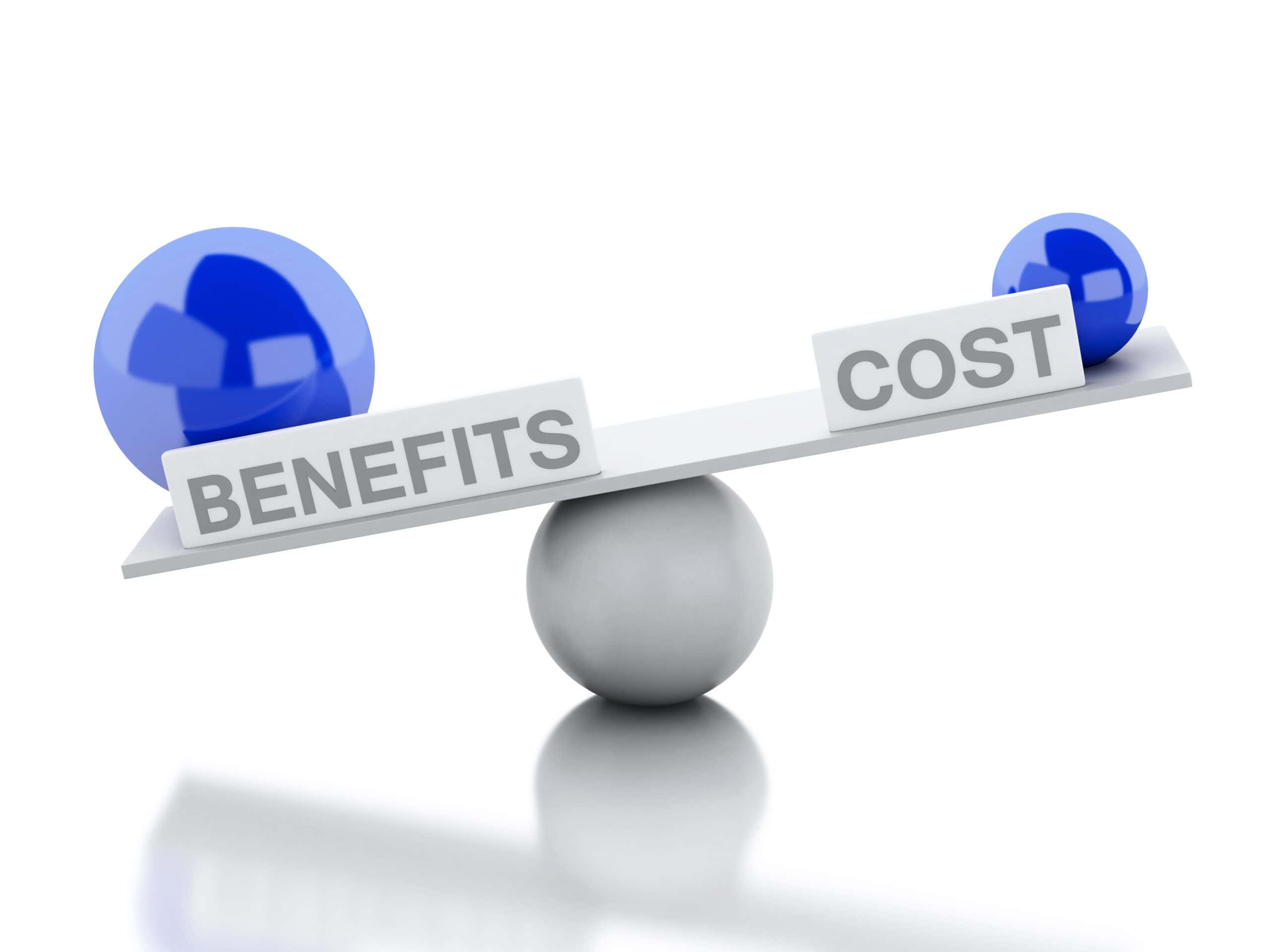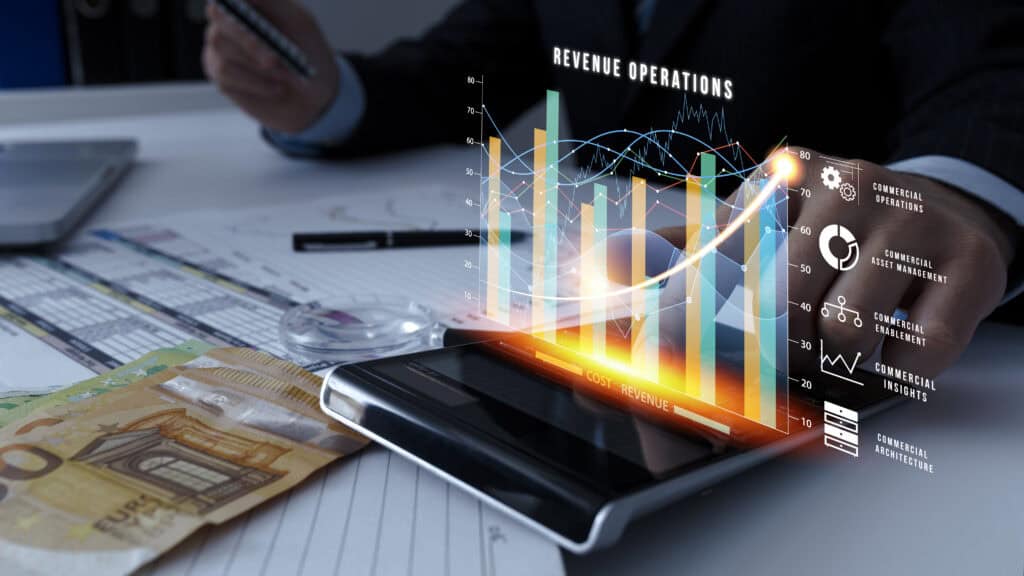Depreciation is a fundamental accounting concept that recognizes a decrease in the value of a property over its useful life. Instead of increasing the full cost of an asset in the year of procurement, depreciation systematically allocates its cost in those periods that benefit the business. While many depreciation methods exist, the double-declining balance method is standing out as a quick approach, loading the depreciation expenditure in the earlier years of the life of an asset.
What is the double-declining balance method?
The double-declining equilibrium method is a form of quick depreciation that applies the depreciation rate that is twice the direct depreciation rate. This leads to large depreciation expenses in the initial years and small expenses in later years. This method is often favored for assets that lose a significant part of their value quickly or for businesses looking to reduce their taxable income in the short term.
Understanding the double-declining balance formula
The origin of this method lies in its calculation. The double-declining balance formula is applied annually, in which the calculation of depreciation expenditure is calculated at the declining book price of the property instead of its original cost.
 0
0
Here is how it breaks:
- Calculate the direct depreciation rate:
Straight-line rate = 1 / useful life (in years)
- Calculate the double-declining balance rate:
Double declining balance rate = 2 * straight line rate
- Calculate the annual depreciation expenditure:
Annual depreciation expenditure = dual decline balance rate * beginning book price
It is important to remember that the original cost of the book value property is minus accumulated depreciation. With each passing year, the book price decreases, causing a small depreciation expenditure.
Let’s see a double-declining balance method example:
Imagine a gadget bought for $100,000with an approximate beneficial life of 5 years and a disposal fee of $10,000.
Year 1:
- Straight linear fee = 1/5 = 20%
- Double Declining balance fee = 2 * 20% = 40%
- Depreciation expenses = 40% * $ hundred, 000 (starting eBook rate) = $ forty, 000
- Final book price = $100,000 – $ forty, 000 = $60,000
Year 2:
- Depreciation expenses = forty% * $ 60,000 (Start ebook price) = $ 24,000
- Prepared Book Prize = $60,000 – $ 24,000 = $36,000
Season 3:
- Depreciation expenditure = 40% * $36,000 (Startbok Price) = $14,400
- Book Value = $36,000 – $ 14,400 = $21,600
Year 4:
- Depreciation expenditure = 40% * $21,600 (Startbok Price) = $8,640
- Book Price = $21,600 – $ 8,640 = $12,960
Year 5:
- Here is an important point: Property cannot be depreciated according to the disposal value. This year, the book price before depreciation is $12,960, and the settlement price is $10,000. Therefore, the depreciation cost for the year 5 will be limited to $12,960 – $10,000 = $2,960.
- Extinction of book value = $10,000 (settlement price)
As you can see, the depreciation expenditure in the initial years is quite high and closes as a property as the property reaches its disposal value. This double-declining balance is a major feature of depreciation.
Why choose the double-declining balance method?
- Tax Benefits: High depreciation in early years leads to low taxable income, which can be beneficial for American businesses, especially for those who make heavy investments in new undertakings or capital assets.
- Match Asset Utility: Many assets provide more economic benefits in their early years and are low with young age. This method aligns the expenditure recognition with the utility of the property.
- Technical attitude: There is a possibility of rapid technical attitude (e.g., computers or some machinery) for property; this method reflects a quick loss of their value, which is a common concern in rapid American industries.
Thoughts and limitations:
When beneficial, there are some important points to consider in the declining balance method:
- Destruction price: Unlike the straight-line method, the initial depreciation value is not used directly in the calculation, but it serves as a floor for accumulated depreciation. You cannot reduce the property below its disposal value.
- Switching methods: It is common for businesses to switch to a straight-line method from a double-declining balance method once the straight-line depreciation exceeds the double-declining depreciation to ensure the complete depreciation of the property down to its disposal value. It is generally a recognized practice under the accepted accounting principles (GAAP).
- Complexity: Compared to the straight-line method, calculation can be slightly more complex, especially when accounting for procurement of partial years or mid-year.

Using a double-declining balance calculator:
For quick and accurate calculation, a double declining balance calculator can be a very useful tool. Many online resources and accounting software offer this functionality, so you can immediately enter the cost of property, useful life, and disposal value to see the annual depreciation plan immediately. Similarly, a double cover of balance method can help simplify the process of understanding the declining depreciation formula in calculator behavior.
In conclusion, the double reducing balance method is a powerful tool for US companies that require accelerated depreciation and faster identification of the wealth value. In order to understand the double decoration of the balance formula and its implications, companies may inform about their depreciation strategies and adapt their financial reporting and tax plan. Remember that the goal of the application for the depreciation formula is to reflect the actual financial consumption of a property in your working life correctly.


